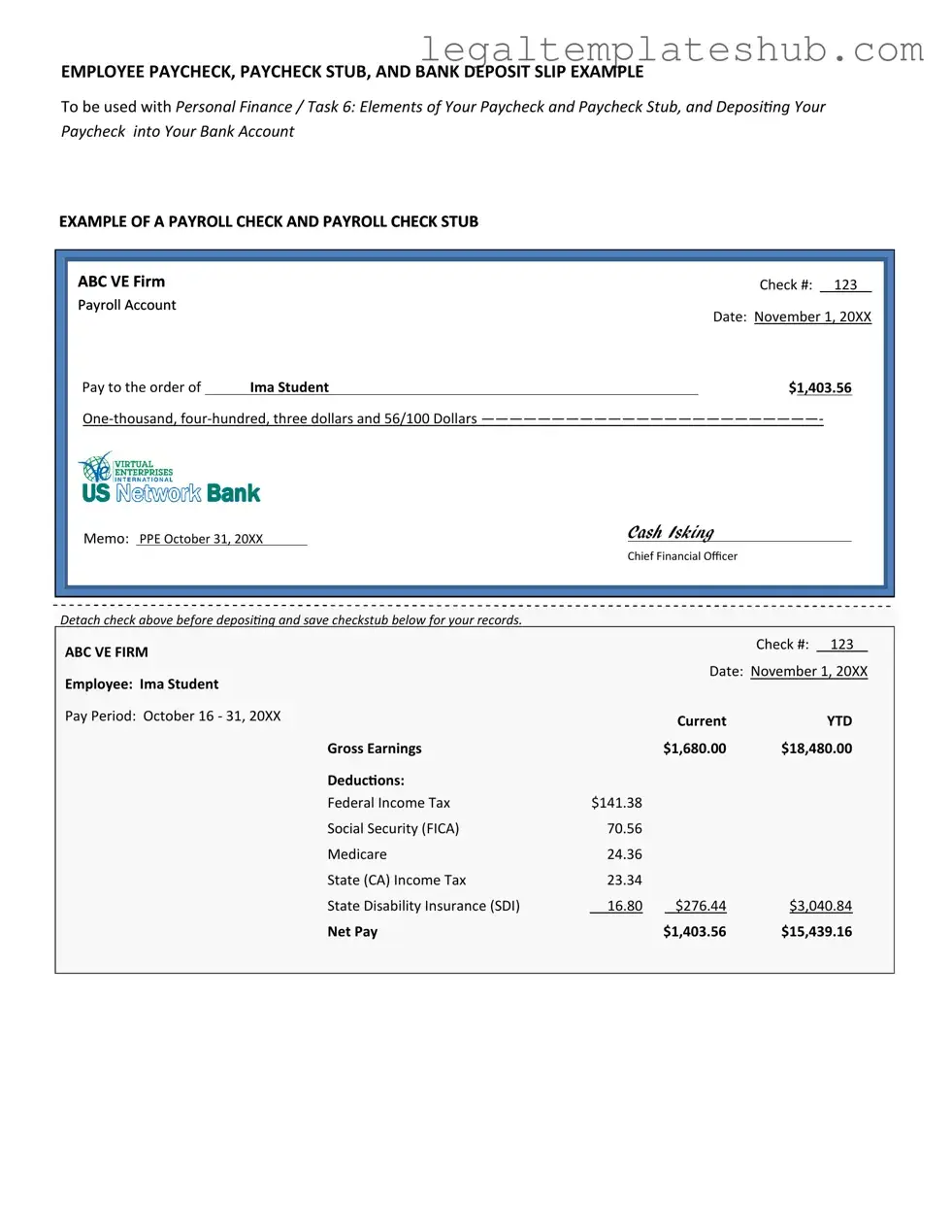Blank Payroll Check PDF Form
The Payroll Check form is a crucial document used by employers to issue payments to employees for their work. This form ensures that employees receive their wages accurately and on time, reflecting hours worked and any deductions. To streamline your payroll process, fill out the form by clicking the button below.
Access Editor
